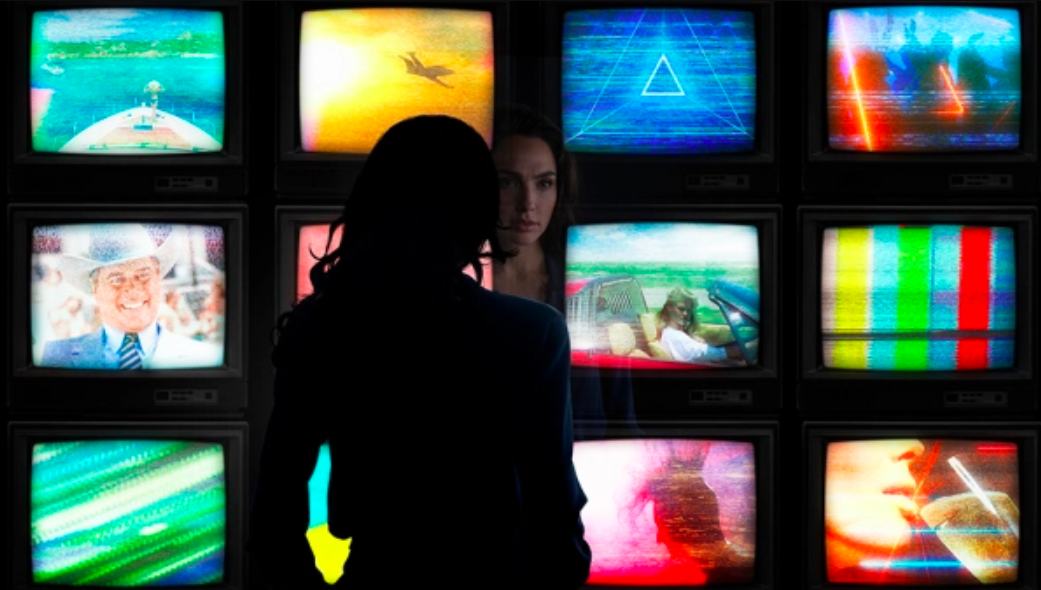How Visual Effects Houses Are Managing Remotely During the Coronavirus Pandemic
By Jazz Tangcay

Courtesy of Warner Bros.
As the coronavirus pandemic started to sweep the country and subsequently shut down businesses in the U.S., post-production houses with global offices were paying close attention, watching and strategizing. That process involved looking at existing work from home set-ups, network security and mobilizing an entire workforce so that productivity continued comfortably, seamlessly and securely.
Scanline VFX, like many other visual effects companies, already had a remote workflow in place. But as government lockdowns and quarantines were being rolled out nationwide, so did the plan to move the 650 workers spread out over seven locations.
The business invested roughly $500,000 to get their crew up and working from home to ensure business continuity. “We realized we needed to be prepared for the complete shutdown,” Scanline president Stephan Trojansky said.”
Framestore VFX now employees 2,500 people off-site. It’s not without a hitch when you’re dealing with that many workers off-site and a tech team also working remotely. “Productivity varies and there are still 30 people not able to connect because there’s someone you’re trying to debug remotely,” Framestore VFX CEO William Sargent admits.
As visual effects artists, colorists and editors adapt to remote working, meetings are conducted through Zoom, Microsoft Teams or video calls. It’s not just the employees adjusting; studios and production companies are adapting to the new norm, providing notes and feedback virtually, but most importantly, securely.
And there is work to be done. Framestore Studios, tasked with films such as Disney’s “Mulan” and Warner Bros.’ “Wonder Woman 1984,” is still busy because as Sargent says, “the films have been filmed, and the post-production is still going.”
There is, of course, concern that work will dry up if production doesn’t resume soon and all the post-production work is complete.
Speculative guesses run anywhere from late May to summer and potentially through fall, though timelines are entirely unknown. Once production does ramp up again, it’s unclear to what degree. If location shoots require a production to be in New Zealand, for example, they will have to factor in potential travel restrictions.
If production hypothetically did resume in late May or June, Zoic Studios co-Founder/Executive Creative Director Chris Jones points out that post-production houses won’t see those shots until late September. “That’s a really long drought,” he said.
With none of the businesses having a clear roadmap guiding the business, that factor seems to be their biggest concern.
In the interim, while the workflow is still going, Dave Zeevalk, VFX Creative Director of Alkemy X is looking at other options, including the notion of going fully CG and VFX to deliver uncompleted projects.
“We are finding outlets, we’re talking to stop-motion companies and pursuing new clients,” Zeevalk said. “If we can look at work that needs doing, I can hire 20 more freelancers — even if it’s just for a day.”
He adds, “For me, it’s about pushing hard so we can get money in people’s pockets and get people paid. We are doing everything we can.”
Read the original article HERE.